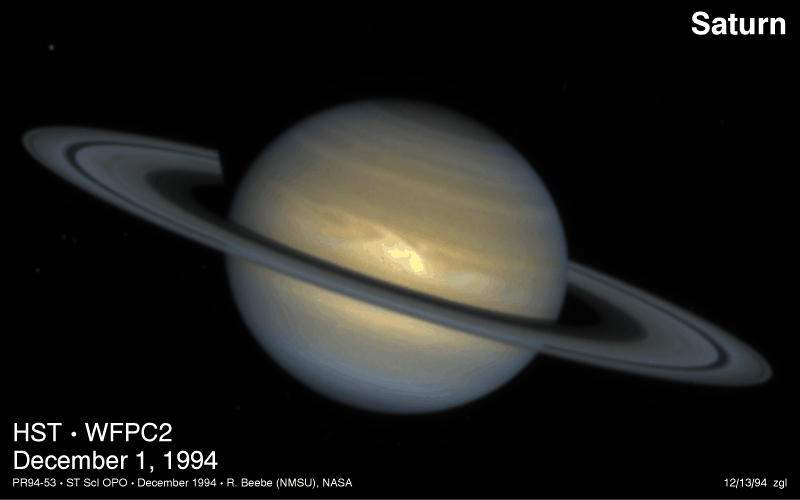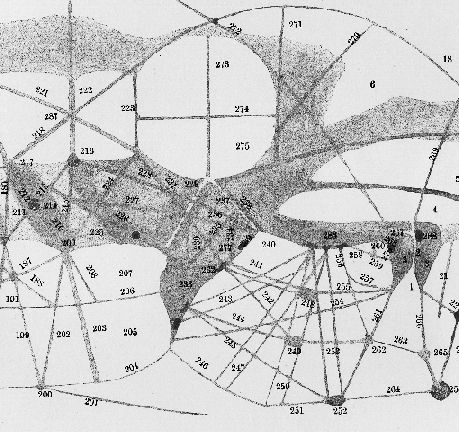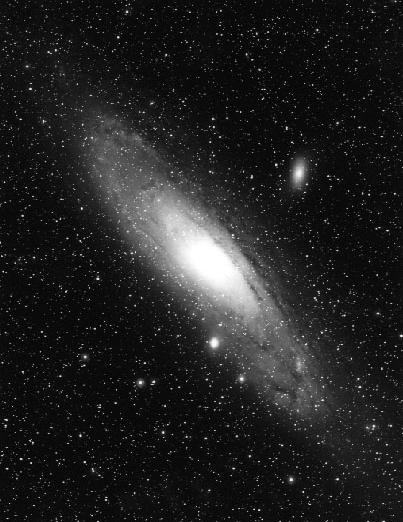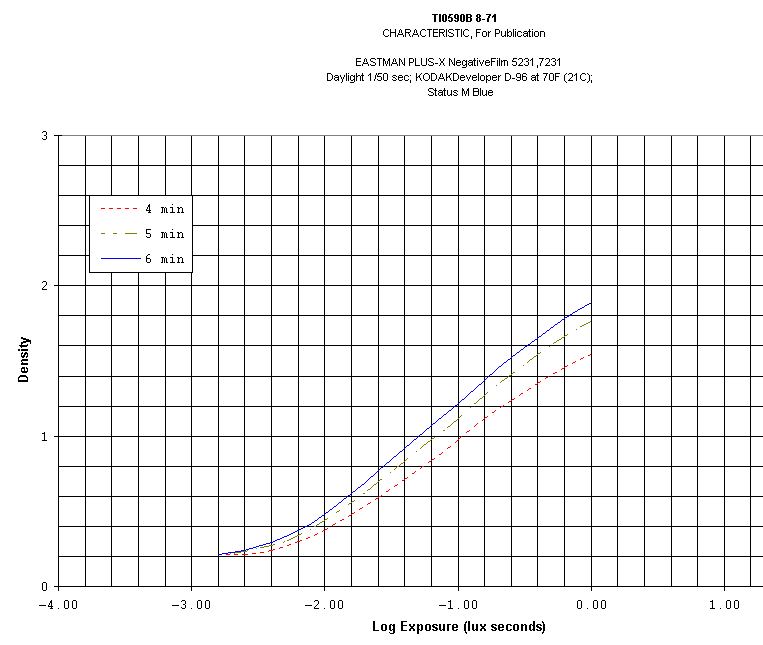
 Copyright © Michael Richmond.
This work is licensed under a Creative Commons License.
Copyright © Michael Richmond.
This work is licensed under a Creative Commons License.
The oldest and most commonly used optical detector is ... the human eye. Believe it or not, there are still branches of astronomy in which the eye is the primary instrument. More measurements are made of bright variable stars, planets and meteors with the naked eye than with any other detector.
For example, in July, 1994, amateur astronomers looking at Saturn visually discovered this this storm.

The good and bad points of the human eye as astronomical detector:
Human Eye as Optical Detector
Good Bad
-------------------------------------------------------------------------
cost is low detects small fraction of incident light
widely available cannot integrate
huge dynamic range sometimes fooled
high time resolution
One example of an optical illusion in astronomy is this detailed map of the surface features on Mars, made by Percival Lowell (you can read his entire book Mars (1895) online via the RIT library).
Lowell's eye was fooled by the very faint markings on the planet: he perceived lines connecting features, but the lines aren't really there. Some of the features are really present ... but not many. Compare his map to this image of the planet, taken by HST; both are centered near Syrtis Major (Lowell's 233).


Another common detector used by astronomers is the photographic plate or film. Photographs can integrate light for many seconds, minutes, or even hours, slowly building up an image which would be much too faint to detect with the eye. Photographs also provide a permanent record which can be measured at leisure, and stored for future reference. Astronomers have used photographs for the past century, and continue to use them today -- though much less than they did fifty years ago.
A single photograph may contain a HUGE amount of information. Consider a photographic plate of the Andromeda galaxy. A single Schmidt-camera plate can cover an area almost twice as large as this one:

Image taken by
Brad Wallis and Robert Provin
One can zoom in a LOT and still see fine detail. Click on the thumbnail below for a larger version of the photograph.
See the small galaxy just below the big one? That's the galaxy M32, a satellite of M31. The very same photograph still allows us to zoom on it alone: click again on the thumbnail to see a larger version, which at last starts to show some grain.
A typical Schmidt plate is about 15 inches on a side. The emulsion has grains about 3 micrometers in diameter. How many "pixels" does a single plate contain?
But film isn't perfect, as a list of its good and bad points shows.
Photographic Film as Optical Detector
Good Bad
-------------------------------------------------------------------------
cost low detects small fraction of incident light
widely available non-linear response
permanent record requires chemical processing
integrates over time
What does that mean, non-linear response? It means that the number of dark grains in the emulsion is not proportional to the number of photons which strike the film:

You can read Kodak's explanation of the effect for more details.
In the last two decades, a new technology has dominated the field of optical astronomy: Charge Coupled Devices, or CCDs for short. CCDs are basically computer memory chips which are exposed to light. Photons knock electrons out of the silicon atoms in the chip. Those electrons can then be gathered and counted, as described in some detail here.
There are lots and lots of pretty pictures taken with CCDs -- (almost) all the HST images,
plus most of the images being taken by other big observatories, such as this picture from the European VLT telescopes in Chile:
CCDs are better than photographic materials in several ways: they are much more efficient, recording up to 80 percent of the light which strikes them; and their response is linear -- a star twice as bright will knock twice as many electrons free. However, they aren't better in EVERY way.
CCD as Optical Detector
Good Bad
-------------------------------------------------------------------------
linear response expensive
detects most of incident light requires digital processing
permanent record small physical size
integrates over time
immediate readout
If one passes light through a prism, or a diffraction grating, it breaks up into a rainbow of colors. Why? Because light of different wavelengths is bent by different amounts.

What use is a spectrograph? It turns out that the mix of light of different wavelengths can tell us a lot about the object emitting the light -- or any material lying between the source and us. The basic rules of spectroscopy are described on this page.
 Copyright © Michael Richmond.
This work is licensed under a Creative Commons License.
Copyright © Michael Richmond.
This work is licensed under a Creative Commons License.